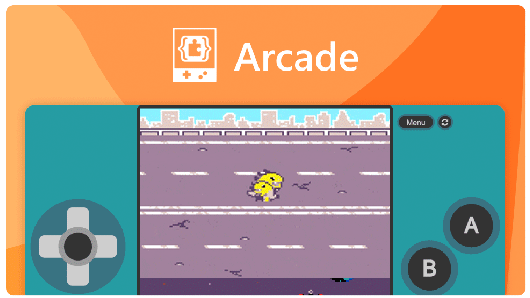Use games as a tool for inspiration
Think about your childhood… Did you play games? What kind of games did you play?

Games have provided us with entertainment, motivation, and most importantly, opportunities to learn. Games provide opportunities to learn strategy, critical thinking, collaboration, and much more. The novelty and engagement of games provide powerful motivators and invite students to play an active role in their learning. The need for modernizing education curriculum should include solutions, like gamification, to keep students engaged and making sure they’re learning how to be critical, confident, and creative—transferable skills that will remain important over time.
Why use games in the classroom?
Using games as an instructional approach encourages learners’ motivation and engagement by incorporating game design principles in their learning environment. It’s a fun way to learn complex topics. It’s a much-needed supplement to textbook learning and classroom lectures. Through games, many students are more likely to take interest in topics and practice their skills at their convenience.
The goal is for students to enjoy the process of learning itself. Through gamification, students have more ownership of the material, which improves retention. Games also address different learning styles at the same time. No matter the student’s learning style, games have the ability to address them. Games are versatile learning tools.
Games also provide an opportunity to experience failure in a safe environment. Students often struggle with not being able to complete something successfully, especially when they are in front of their peers. Games give them a chance to try out new things. If they fail in the environment of the game, they can try again and learn from their mistakes. In return, this also builds out students’ ability to regulate their emotions and build out their confidence.
By leveraging arcade games to teach coding, we engage students in a curriculum relevant and meaningful to them. With video games, students develop understanding of the logic and code structure needed to design and build video games through programming.